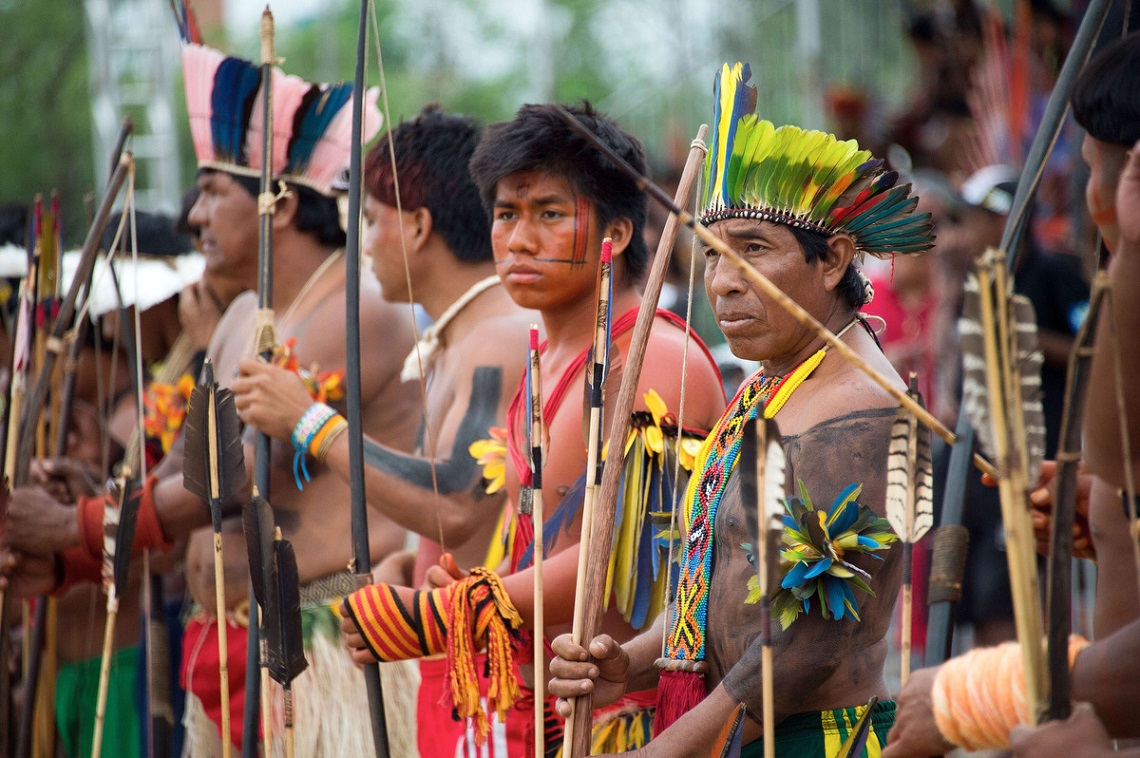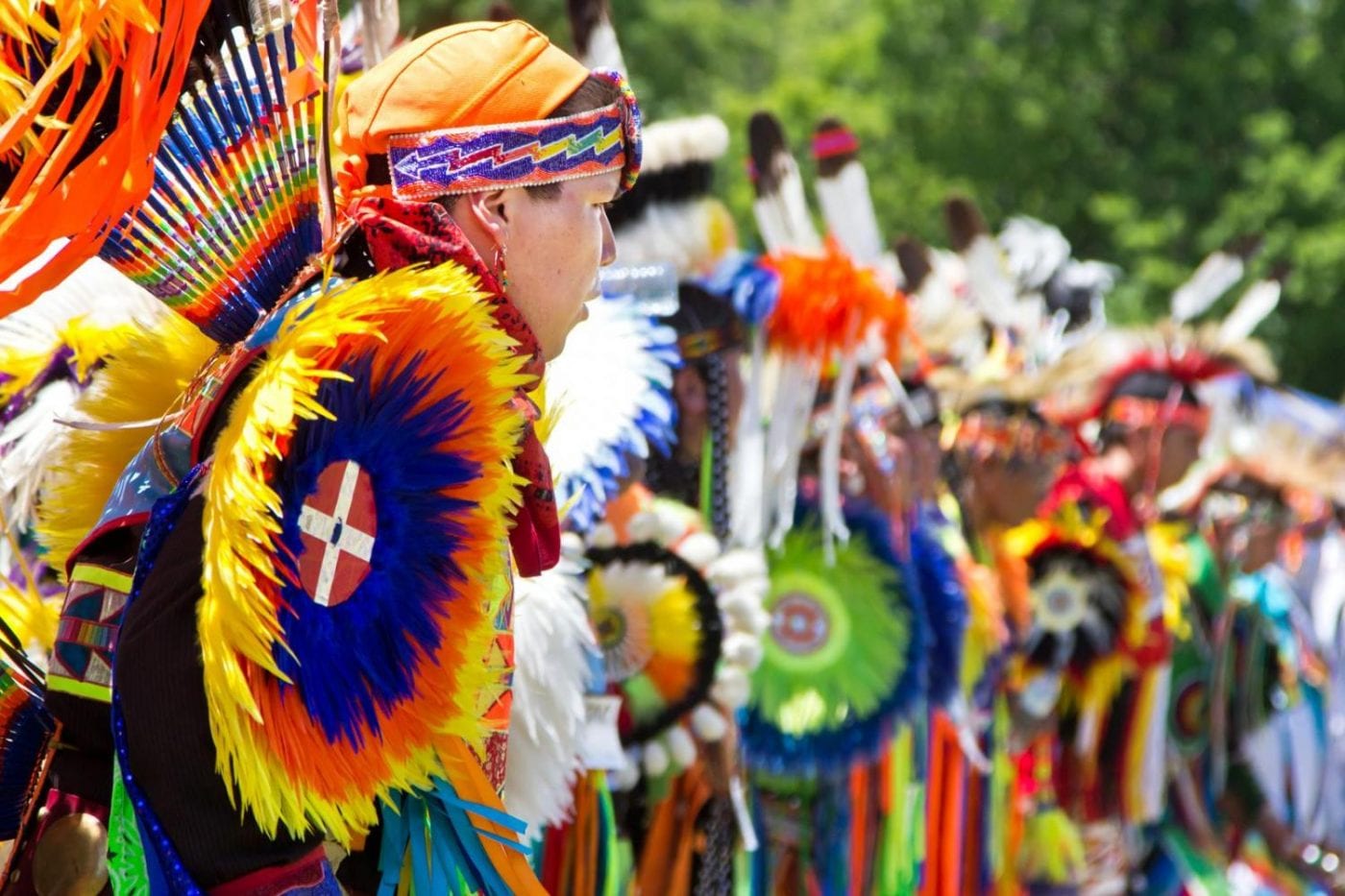
Sacred Spaces, Open Hearts: Indigenous Ceremonies Bridge Cultures and Foster Understanding
The rhythmic pulse of the drum resonates, a heartbeat echoing through generations, calling forth dancers adorned in vibrant regalia. The air fills with ancient songs, the scent of burning sage, and the collective spirit of community. For centuries, many Indigenous ceremonies were practiced in seclusion, often out of necessity to preserve cultural identity in the face of colonial suppression. Today, however, a profound and hopeful shift is underway. Across North America and beyond, an increasing number of Indigenous communities are opening their sacred ceremonies to the public, inviting non-Indigenous people to witness, learn, and participate in a spirit of shared understanding and reconciliation.
This openness is not a casual invitation but a deliberate, thoughtful act, born from a desire to educate, to dispel stereotypes, and to foster genuine connections. It’s a powerful act of cultural reclamation and generosity, offering a window into worldviews often misunderstood or misrepresented. The motivations are complex and varied, ranging from cultural preservation and revitalization to economic development and, crucially, the pursuit of truth and reconciliation.
"Our ceremonies are not just performances; they are living prayers, stories whispered across generations, a heartbeat connecting us to the land and each other," explains Elder Mary Two Eagles (a composite character representing many Indigenous elders), a revered knowledge keeper from a Plains Cree community. "For too long, our cultures were hidden, sometimes out of necessity, sometimes by force. Now, we open our doors not just to share, but to heal, to educate, and to invite understanding. It’s an act of bravery, but also an act of hope."
The Powwow: A Vibrant Gateway
Perhaps the most widely accessible and celebrated public Indigenous ceremony is the Powwow. These vibrant gatherings, found across North America, are not merely festivals but profound celebrations of life, culture, and community. While specific traditions vary between nations—and there are over 500 distinct Indigenous nations in North America alone, each with unique customs—Powwows generally share common elements: drumming, singing, dancing, feasting, and the sale of Indigenous arts and crafts.

A Powwow typically begins with a Grand Entry, a breathtaking procession led by elders, veterans, and respected community members, followed by dancers in their spectacular regalia. Each piece of regalia – from the intricate beadwork and quillwork to the eagle feathers and vibrant fabrics – tells a story, representing the dancer’s lineage, achievements, and spiritual journey. The dances themselves range from the powerful, athletic movements of the Men’s Traditional and Grass Dances to the graceful, healing steps of the Jingle Dress Dance and the storytelling of the Fancy Shawl Dance.
For many non-Indigenous attendees, the Powwow offers a sensory immersion unlike any other. The deep, resonant thrum of the drum group, the soaring vocals of the singers, the kaleidoscope of colors, and the palpable energy create an unforgettable experience. "It was profoundly moving," recounts Sarah Chen, a first-time Powwow attendee from Toronto. "I learned more in one afternoon about respect, community, and the beauty of Indigenous cultures than in years of reading history books. It truly shifted my perspective and made me want to learn more, respectfully."
Beyond the Powwow, other ceremonies and cultural events are increasingly opening their doors. Storytelling circles, drumming workshops, craft demonstrations, and even certain aspects of seasonal feasts or harvest celebrations are being shared, often with explanations of their spiritual and cultural significance. These events serve as vital educational platforms, correcting historical inaccuracies and fostering a more nuanced understanding of Indigenous worldviews.
Healing and Reconciliation in Action
The decision to open these ceremonies is deeply intertwined with the ongoing journey of reconciliation. In countries like Canada, where the Truth and Reconciliation Commission (TRC) delivered 94 Calls to Action in 2015, the importance of cultural understanding and education is paramount. While the TRC did not explicitly call for the opening of ceremonies, the spirit of its recommendations — fostering mutual respect, acknowledging Indigenous rights, and addressing the legacy of colonialism — is reflected in these invitations.
"Opening these spaces is a delicate balance," says Chief William Strong Bear (another composite character), a cultural leader from a Lakota community. "We invite the world in, but we also ask for respect, for understanding that these are sacred spaces, not mere entertainment. This isn’t just about showing our culture; it’s about building bridges, one drum beat, one shared story at a time. It’s about healing, not just for us, but for everyone who walks this land."
For Indigenous communities, this public sharing is also an act of cultural revitalization. Generations of residential schools and assimilation policies actively sought to eradicate Indigenous languages, spiritual practices, and cultural expressions. Opening ceremonies to the public helps to decolonize public spaces, reclaim narratives, and instill pride in younger generations. "Seeing our traditions celebrated openly, with so many people, it fills me with immense pride," shares 16-year-old Anya Red Sky, a Fancy Shawl dancer. "It makes me want to learn more, to carry it forward, to show the world who we are."
The economic benefits, while secondary to the cultural and spiritual aspects, are also significant. Artisan markets at Powwows provide crucial income for Indigenous artists, enabling them to sustain their craft and communities. Food vendors offer traditional Indigenous cuisine, further enriching the cultural experience for visitors and supporting local businesses.
Navigating Respectful Engagement: The Visitor’s Responsibility

While the invitation to participate is extended with generosity, it comes with a profound expectation of respect and mindful engagement. Cultural appropriation remains a significant concern, and attendees are encouraged to educate themselves on proper etiquette. This includes:
- Ask Before Photographing: Many ceremonies and individuals are sacred. Always ask permission before taking photos or videos, especially of dancers and elders. Some communities have designated areas or times for photography, while others prohibit it entirely.
- Respect Sacredness: Understand that these are not mere spectacles. Maintain a respectful demeanor, silence cell phones, and avoid disruptive behavior. During certain sacred dances or ceremonies, attendees may be asked to stand or remove hats.
- Dress Modestly: While there’s no strict dress code, modest attire is generally appreciated, reflecting the sacred nature of the event.
- Do Not Touch Regalia: Dancers’ regalia is highly personal and sacred. Never touch it without explicit permission.
- Listen and Learn: Approach the experience with an open mind and a willingness to listen more than speak. Many events include explanations from elders or cultural facilitators.
- Support Indigenous Artists Ethically: When purchasing crafts, ensure they are genuinely made by Indigenous artisans. Avoid items that appropriate Indigenous designs or symbols.
- Participate Respectfully: During intertribal dances, when the public is invited to dance, do so with respect and humility. If unsure, observe others. Do not wear feathers or traditional regalia unless you are Indigenous and have earned the right to wear them.
The act of opening these ceremonies is not without its challenges. Communities grapple with balancing the desire to share with the need to protect the sacred, to prevent commodification, and to ensure that the experience remains authentic and meaningful. There are ongoing conversations about how much to share, with whom, and under what conditions.
A Future of Shared Understanding
The increasing openness of Indigenous ceremonies to the public marks a pivotal moment in cultural relations. It represents a powerful reclaiming of narrative, a generous offering of ancient wisdom, and a tangible step towards a more just and interconnected future. For non-Indigenous people, these invitations are invaluable opportunities to move beyond textbook knowledge and engage directly with living cultures, fostering empathy, challenging preconceptions, and building genuine relationships.
As the drum continues to beat, calling people together, it carries with it a message of resilience, beauty, and the enduring spirit of Indigenous peoples. Every shared drum beat, every shared story, is a step towards a future where diverse cultures not only coexist but thrive in mutual respect and understanding. It is an invitation to listen, to learn, and to walk together on a path of reconciliation, honoring the past while building a brighter future.

